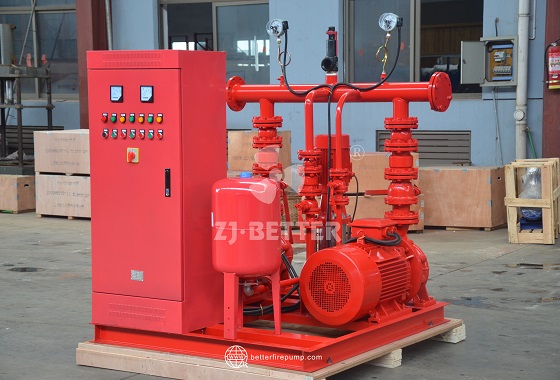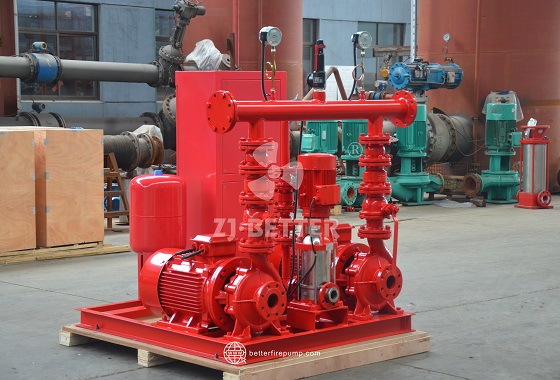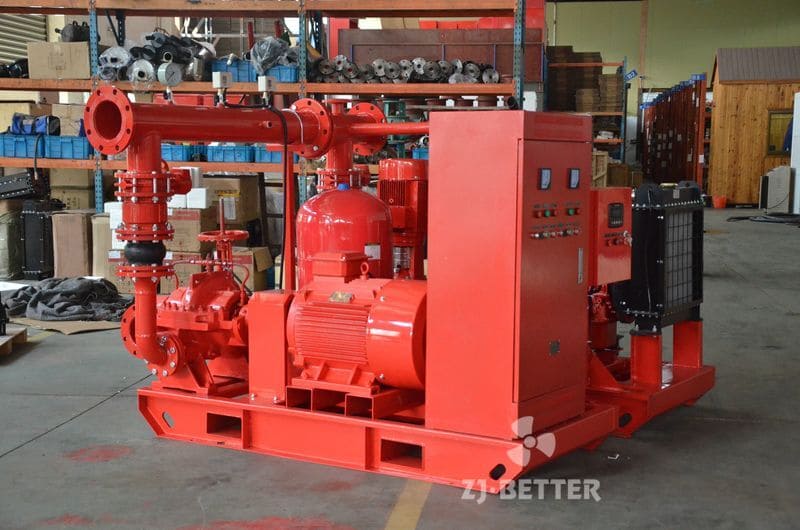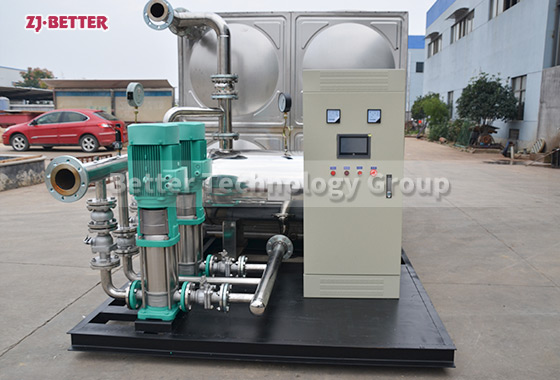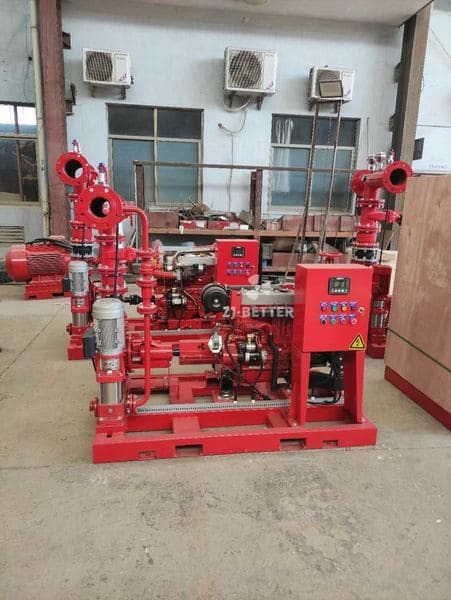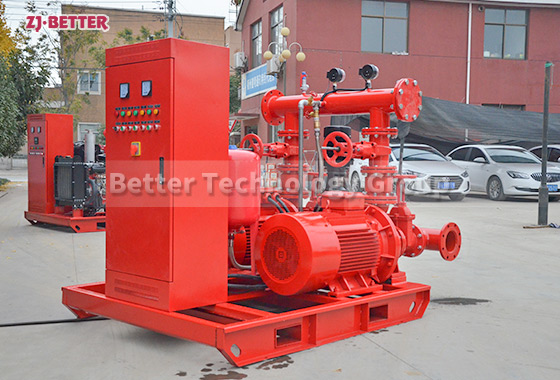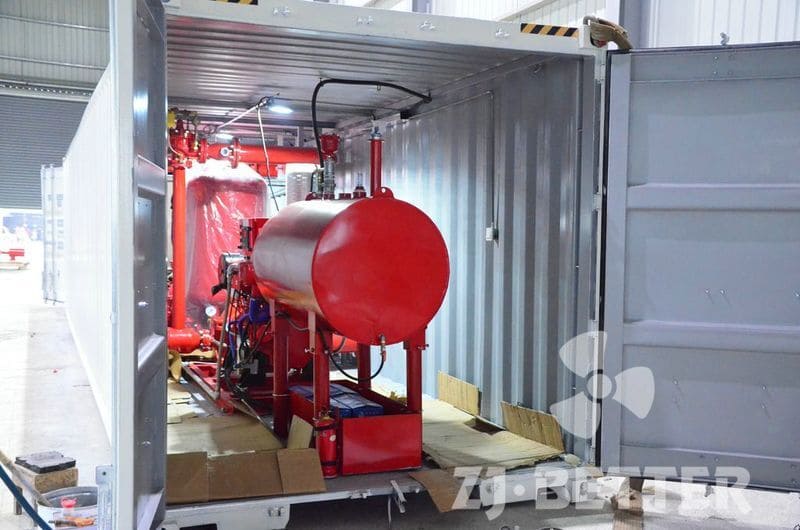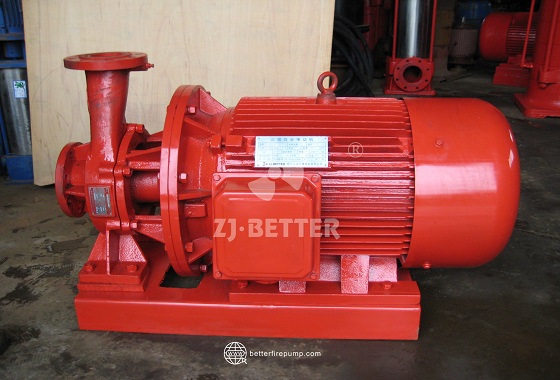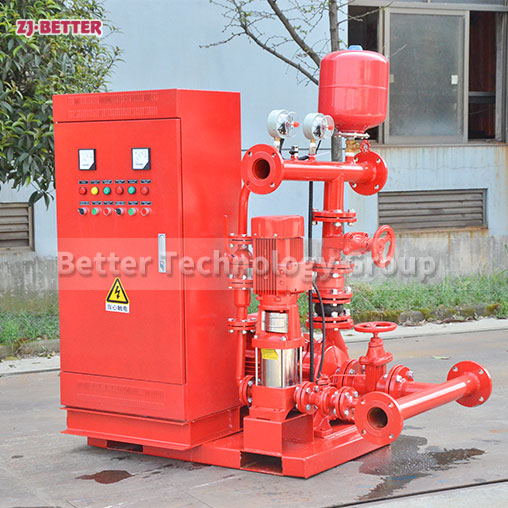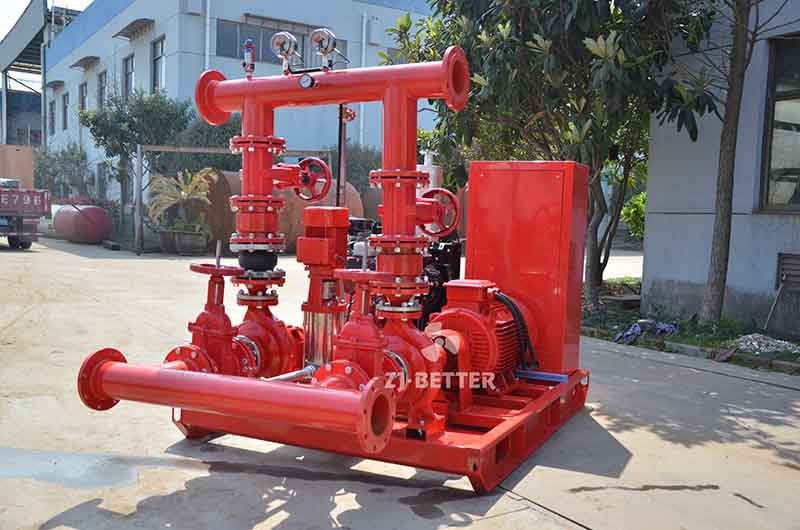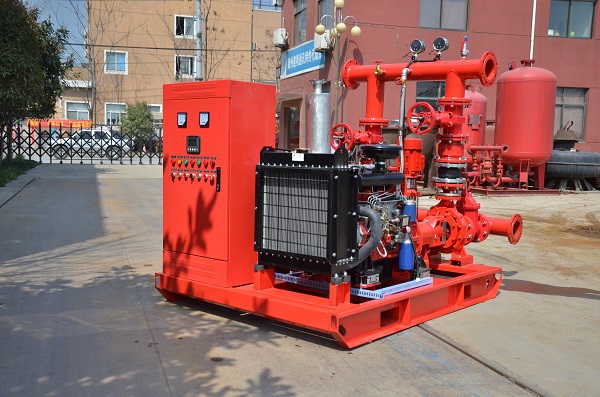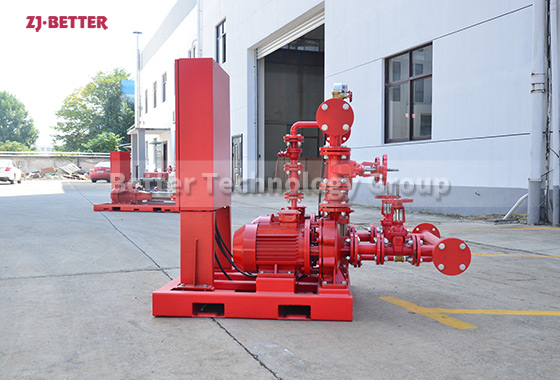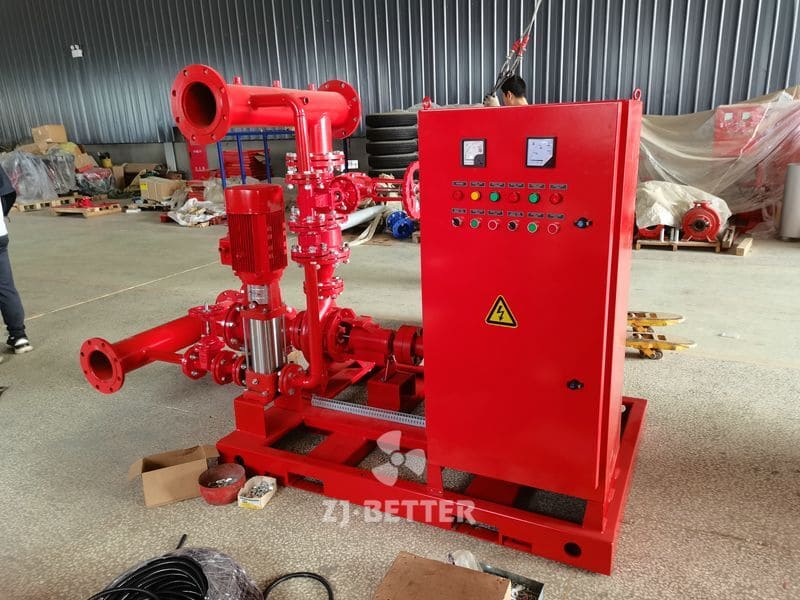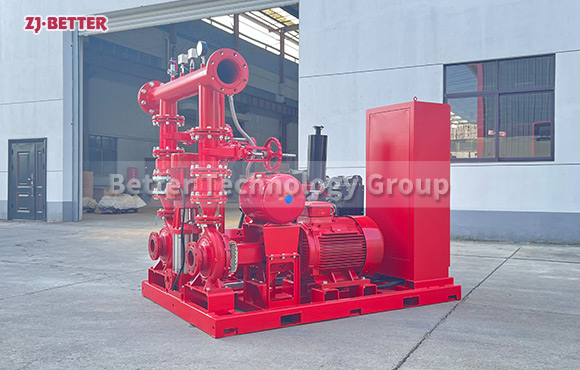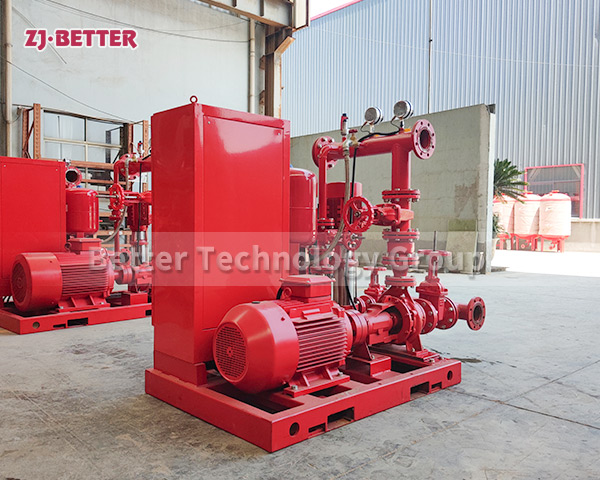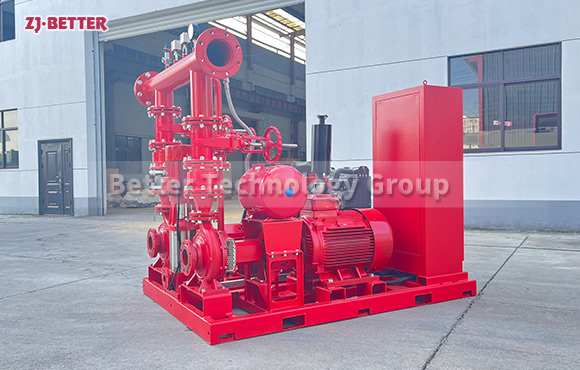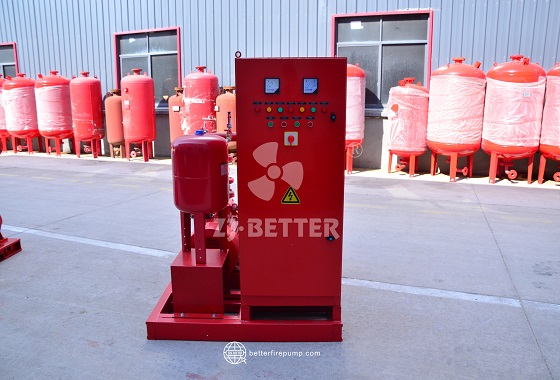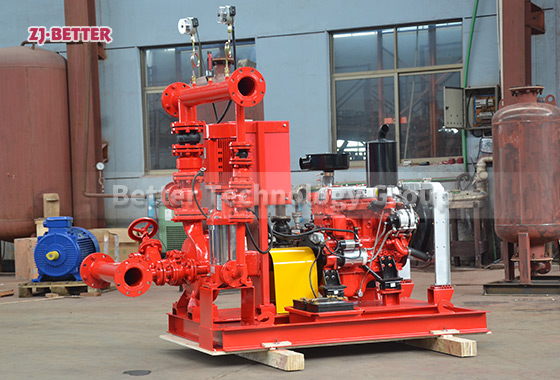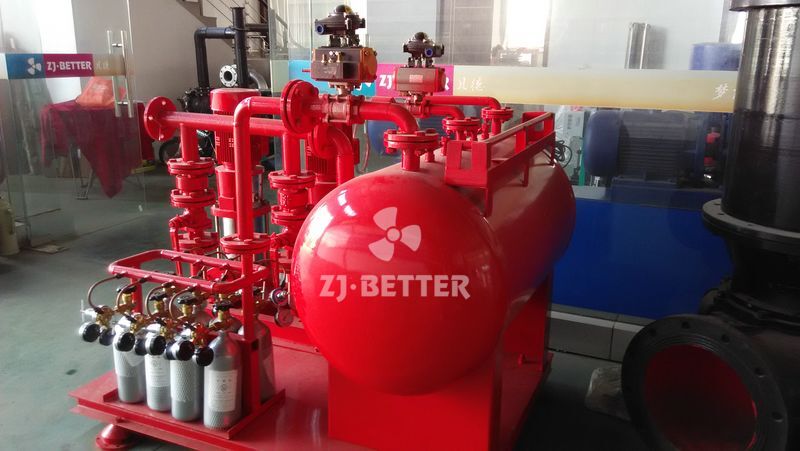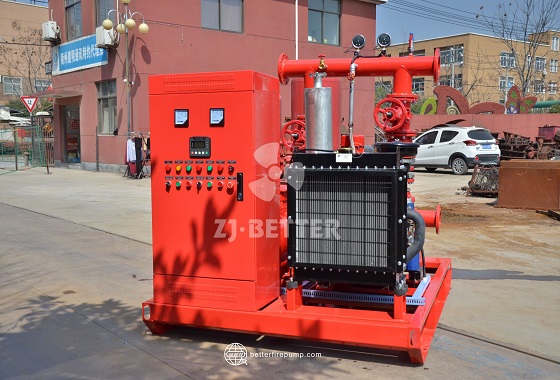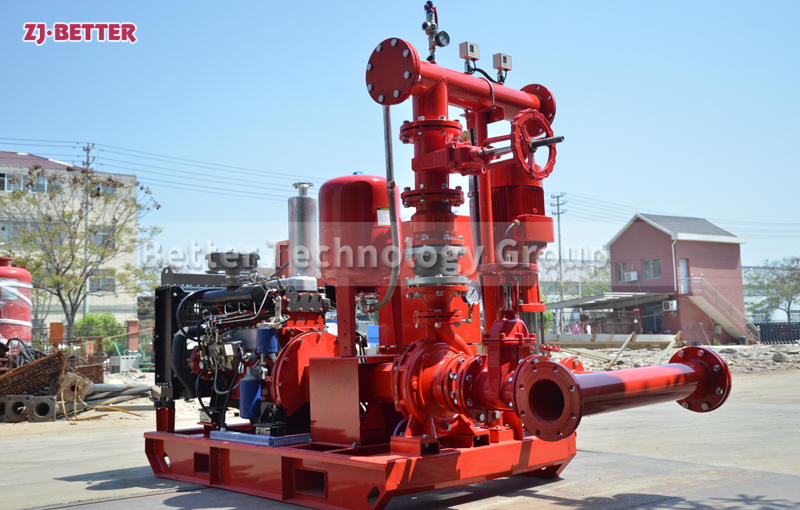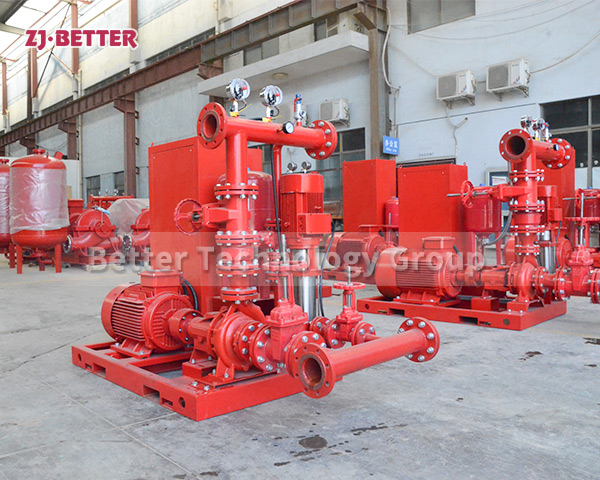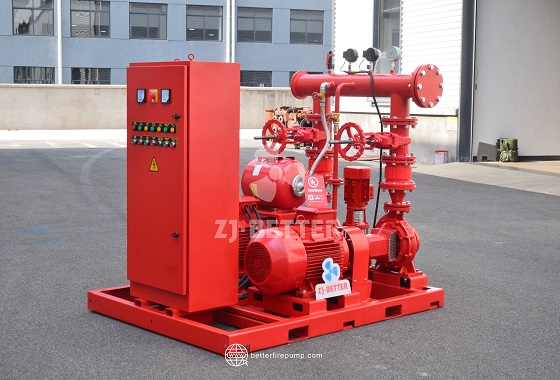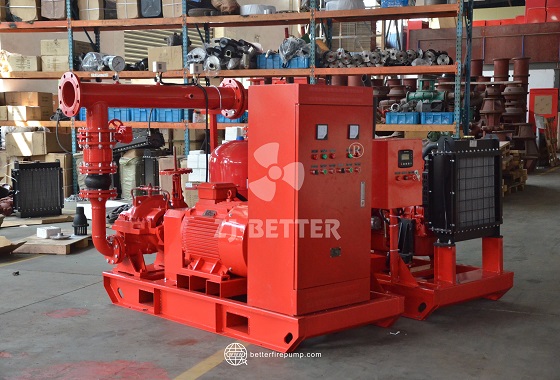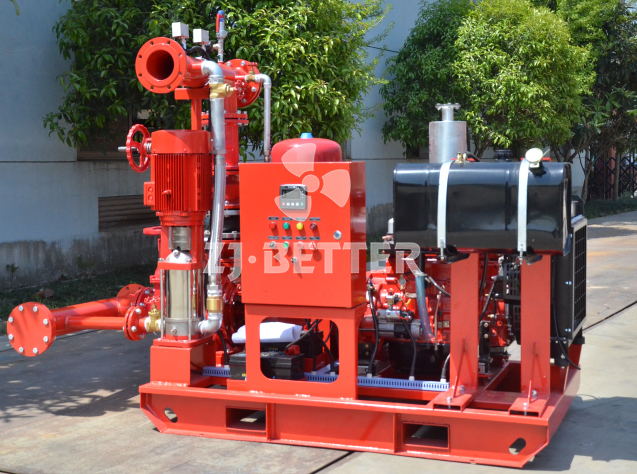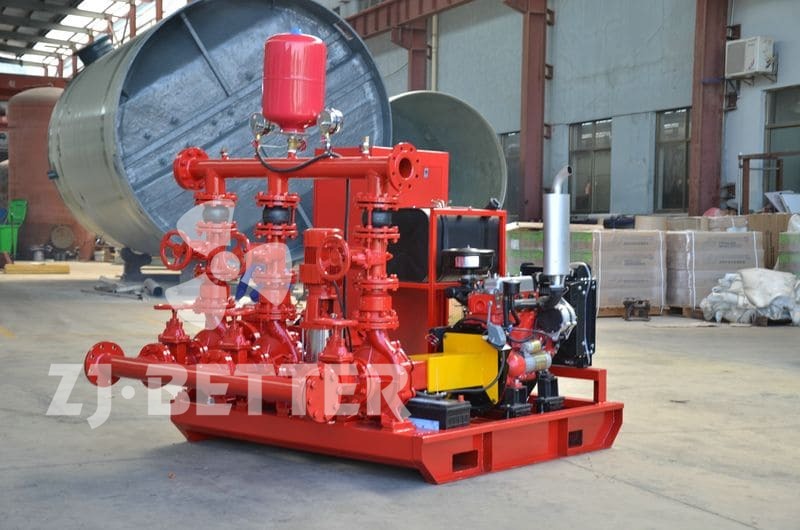A New Energy-Efficient Option: Application Value of Electric Fire Pump Control Systems
The integrated electric control fire pump system combines motor, pump, and control panel into one compact unit, featuring intelligent start-stop, auto inspection, and pressure stabilization. Widely used in high-rise buildings, commercial complexes, and industrial projects, it delivers energy efficiency, space savings, and high reliability—making it the ideal solution for modern fire protection systems.
As urban development accelerates and high-rise buildings and industrial parks increase, fire protection systems are facing higher demands. Traditional fire pump systems often struggle with slow activation, high energy consumption, and complex controls. In contrast, the integrated electric control fire pump system offers a modern, efficient, and intelligent solution that combines electric drive, smart control, and compact design—significantly improving firefighting capabilities while reducing operating and maintenance costs.
1. Integrated Design Saves Space and Installation Costs
This system features a modular design that combines the motor, pump, control cabinet, and pressurization unit on a single base frame. This reduces footprint and enables faster on-site installation with minimal wiring. It’s especially ideal for projects with limited space, such as commercial buildings or industrial facilities.
2. Smart Control Enhances Response and Ease of Operation
Equipped with advanced PLC and HMI interfaces, the system supports automatic detection, startup, monitoring, and alarm logging. It responds to fire signals instantly, ensuring prompt pump activation and improving early-stage fire suppression performance.
3. High-Efficiency Motor for Stable Operation
The use of energy-efficient motors and optimized pump structure ensures consistent and powerful output. Ideal for constant-duty applications like pressure maintenance and sprinkler systems, the system significantly reduces energy consumption and utility costs.
4. High Reliability in Critical Moments
All components are industrial-grade and rigorously tested for temperature, pressure, and performance reliability. Designed to operate faultlessly under harsh conditions, the system ensures uninterrupted performance during emergencies.
5. Automatic Pressure Regulation Maintains System Readiness
A built-in booster pump and pressure sensor form a closed-loop system that automatically activates to maintain preset pressure levels, keeping the fire system in a standby state while minimizing pipe wear and prolonging equipment life.
6. Wide Compatibility Across Fire Protection Scenarios
The system can be configured to suit a variety of needs, from high-rise buildings and commercial complexes to factories and logistics warehouses. Compatible with sprinklers, hydrants, and foam systems, it offers broad application versatility.
7. Scheduled Auto-Inspection for System Readiness
Automatic inspection features simulate start-stop cycles at preset intervals, testing the motor, pump, and controls without human intervention. This helps prevent system degradation and ensures readiness without the need for manual checks.
8. Modular Maintenance Design Reduces Service Costs
With easily removable components and remote diagnostic features, maintenance is simplified. Predictive alerts reduce downtime and minimize economic losses caused by system outages.
9. Low Noise Operation for Sensitive Environments
Electric motors run quietly with minimal vibration, and optional acoustic insulation reduces noise levels. Ideal for use in hospitals, schools, and office buildings where noise reduction is essential.
10. Standardized Product for Easier Project Integration
Compliant with national and industry fire protection standards, the system supports third-party certifications and is ideal for bidding and large-scale project deployment. Complete documentation makes engineering implementation more efficient.
The integrated electric control fire pump system represents a significant advancement in fire safety engineering. By combining control, power, and automation, it offers unmatched advantages in efficiency, reliability, and sustainability—making it the optimal solution for modern fire protection in both new and retrofit projects.

